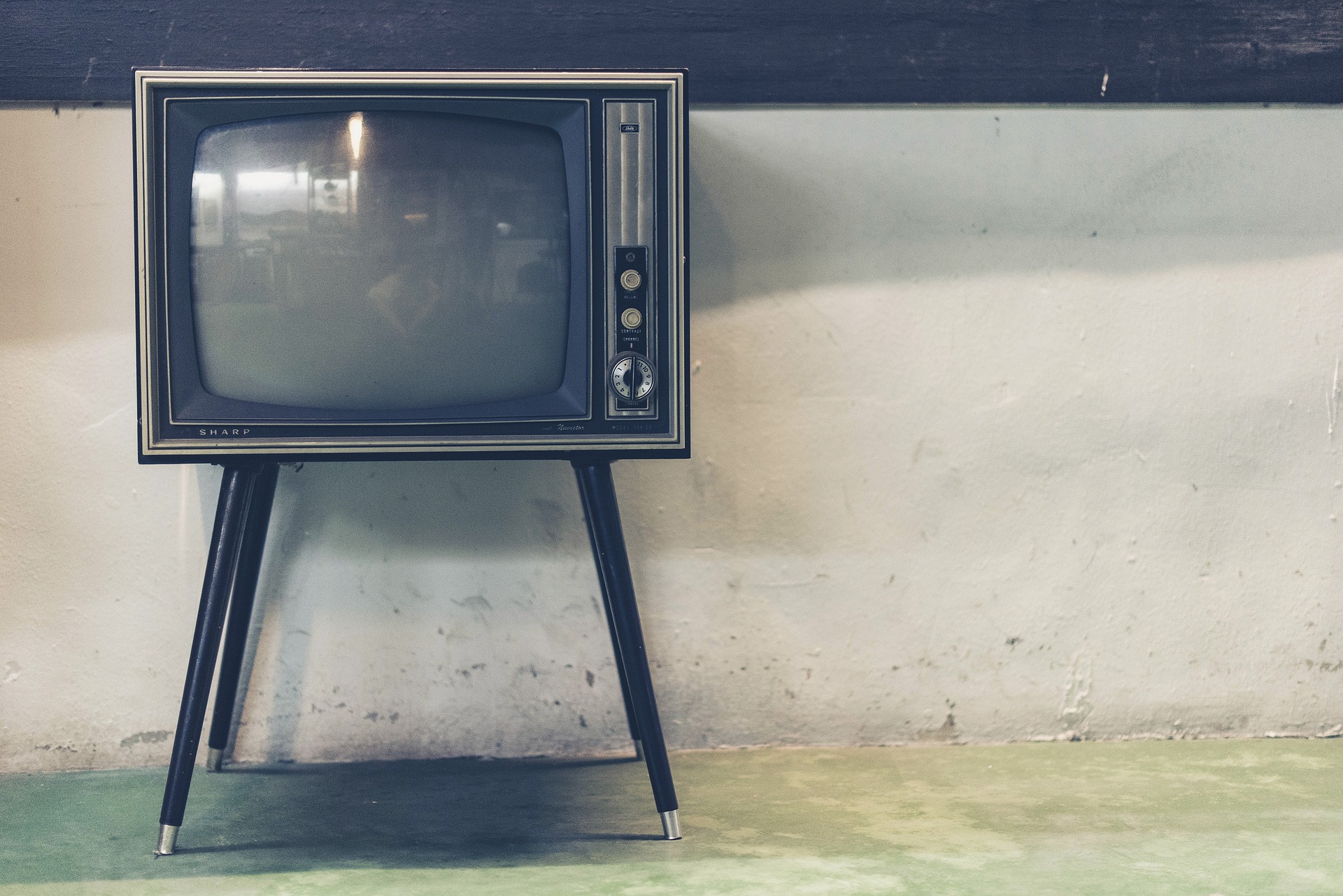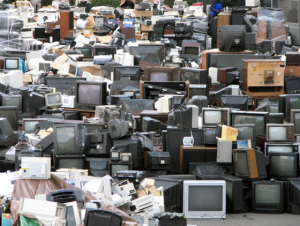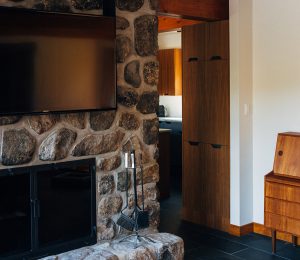A DLP lamp is the main source of light for projection televisions and stands for “digital light processing.” They can be used for front projectors, rear projection television sets, and digital signs. Also, about 85% of digital cinema projection use DLP as a light source.
How Does DLP Work?
For DLP projectors, the image is created by microscopically small mirrors. These mirrors are laid out on a semiconductor chip and each mirror represents one or more pixels. The number of mirrors corresponds to the resolution of the image (1024 x 768, 1920 x 1080). The mirrors can also be repositioned to reflect light through a lens or into a heat sink. Repositioning the mirrors (which represent on and off respectfully) produces grayscale.
Color is produced either by two primary methods, single-chip DLP projectors, and three-chip DLP projectors. There is a third method that is produced by the illumination of three colored light emitting diodes. For single-chip projectors, color can be produced either by placing a color wheel between a white lamp and the DLP chip or by using individual light sources to produce the primary colors. The color wheel is divided into multiple sectors or red, green, blue and, in many cases, white/clear. Newer models replace white with cyan, magenta and yellow to create a new color performance system called BrilliantColor. BrilliantColor creates a broader spectrum of possible color combinations. Three-chip projectors use a prism to split light from the lamp. Each primary color is routed to its own chip, then recombined and routed through the lens, then recombined and routed out through the lens. Higher-end home theatre projectors, large venue projectors, and DLP cinema projectors use the three-chip system. It is thought that three-chip projectors in movie theaters can produce 35 trillion colors (The human eye can only detect about 16 million colors).
How Long do DLP Lamps Last?
After a few years, DLP lamps tend to show signs of age. Depending on the brand used and how many hours the TV set is on, this length of time can vary. The lamp will need to be replaced either when the picture is dimmer or there is no picture at all. However, when this happens, only the lamp needs to be replaced, not the whole television. This replacement can happen in 5-15 minutes. Older lamps can last between 1,000 and 2,000 hours while newer ones can last between 6,000 and 7,000 hours. Again, how many years your lamp will last depends on how many hours a day you watch television.




